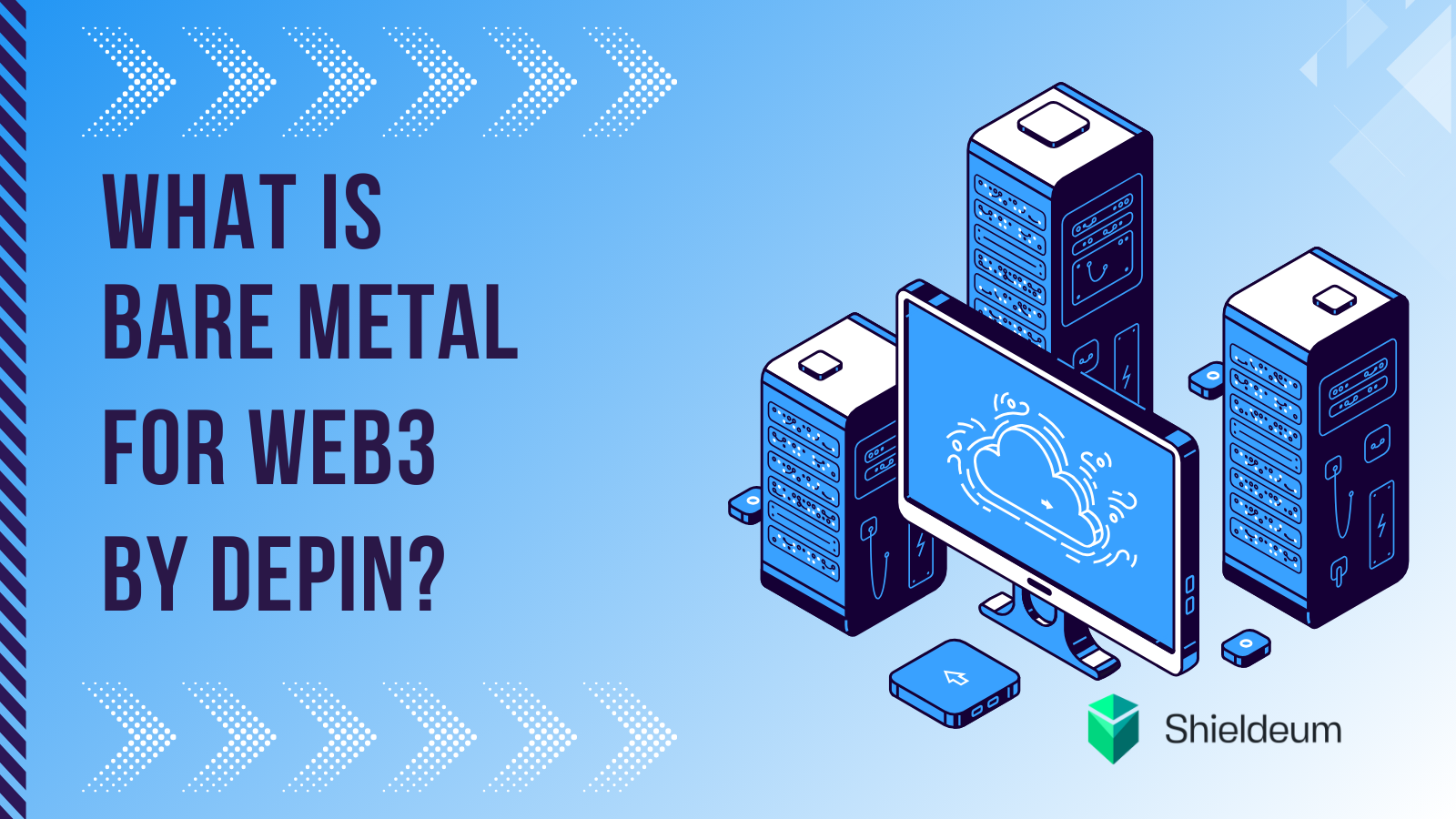Building a Good DePIN Network: Key Elements for Success
Decentralized Physical Infrastructure Networks (DePINs) are revolutionizing the way we approach infrastructure deployment. By utilizing blockchain technology, these networks decentralize control and management of physical assets and services, such as telecommunications and renewable energy. But what are the essential elements that make a DePIN network truly effective? Let's explore the key components that contribute to the success of a DePIN network.
1. Decentralization and Governance
A successful DePIN network is characterized by its decentralization, ensuring that control and decision-making are distributed across a diverse group of stakeholders. Effective governance is crucial and can be achieved through:
- Decentralized Autonomous Organizations (DAOs): These allow community-driven governance where token holders can vote on proposals and network changes.
- Transparent Voting Systems: Ensuring all participants have a say in the network’s development builds trust and engagement.
2. Scalability
Scalability is vital for the growth and sustainability of a DePIN network. It ensures that the network can handle an increasing number of transactions and nodes without performance issues. Key strategies to achieve scalability include:
- Layer 2 Solutions: Methods such as sidechains or rollups help reduce congestion on the main blockchain by processing transactions off-chain and then settling them on the main chain.
- Sharding: This technique splits the network into smaller, more manageable pieces (shards) that can process transactions in parallel.
3. Security
Security is a cornerstone of a good DePIN network, protecting against malicious attacks and ensuring the network’s integrity. Effective security measures include:
- Consensus Mechanisms: Using systems like Proof-of-Stake (PoS) and its variants, which require validators to stake tokens as collateral, provides robust security.
- Regular Audits: Conducting frequent security audits of smart contracts and network infrastructure to identify and fix vulnerabilities.
- Advanced Cryptography: Employing techniques such as zero-knowledge proofs to enhance privacy and security.
4. Interoperability
Interoperability allows a DePIN network to seamlessly interact with other blockchain networks and traditional systems. This is essential for expanding functionality and integrating various services. Achieving interoperability involves:
- Cross-Chain Bridges: These facilitate the transfer of assets and data between different blockchain networks.
- Standardized Protocols: Adopting common standards, like ERC-20 for tokens or ERC-721 for NFTs, ensures compatibility and ease of integration.
5. User Experience (UX)
For a DePIN network to gain widespread adoption, it must offer an excellent user experience. This involves:
- Intuitive Interfaces: Providing user-friendly interfaces for both technical and non-technical users to encourage engagement.
- Comprehensive Documentation: Offering clear, detailed guides and support to help users navigate the network and utilize its features.
- Responsive Customer Support: Maintaining support channels to address user concerns and issues promptly.
6. Economic Incentives
Incentives are crucial for attracting participants and maintaining network activity. Effective economic models might include:
- Staking Rewards: Providing rewards for staking tokens to motivate participants to contribute to network security and governance.
- Revenue Sharing: Sharing the revenue generated from network services with participants to encourage ongoing engagement and investment.
- Sound Token Economics: Designing a balanced token economy that manages supply and demand, incentivizes long-term holding, and controls inflationary pressures.
7. Real-World Utility
The ultimate measure of a DePIN network's success is its ability to provide tangible benefits and real-world utility. This involves:
- Solving Genuine Problems: Addressing real-world needs or improving existing systems significantly.
- Adoption by Key Stakeholders: Gaining support from industry leaders, government bodies, and communities to drive adoption and credibility.
- Scalable Use Cases: Focusing on applications that can grow and scale across different regions and sectors to ensure sustained relevance.
Conclusion
Building a successful DePIN network requires a comprehensive approach that balances decentralization, scalability, security, interoperability, user experience, economic incentives, and real-world utility. By prioritizing these elements, developers and stakeholders can create robust and effective networks that thrive within the blockchain ecosystem and bring significant improvements to physical infrastructure and services. As DePIN networks evolve, their potential to transform industries and empower communities worldwide becomes increasingly evident.
.png)

